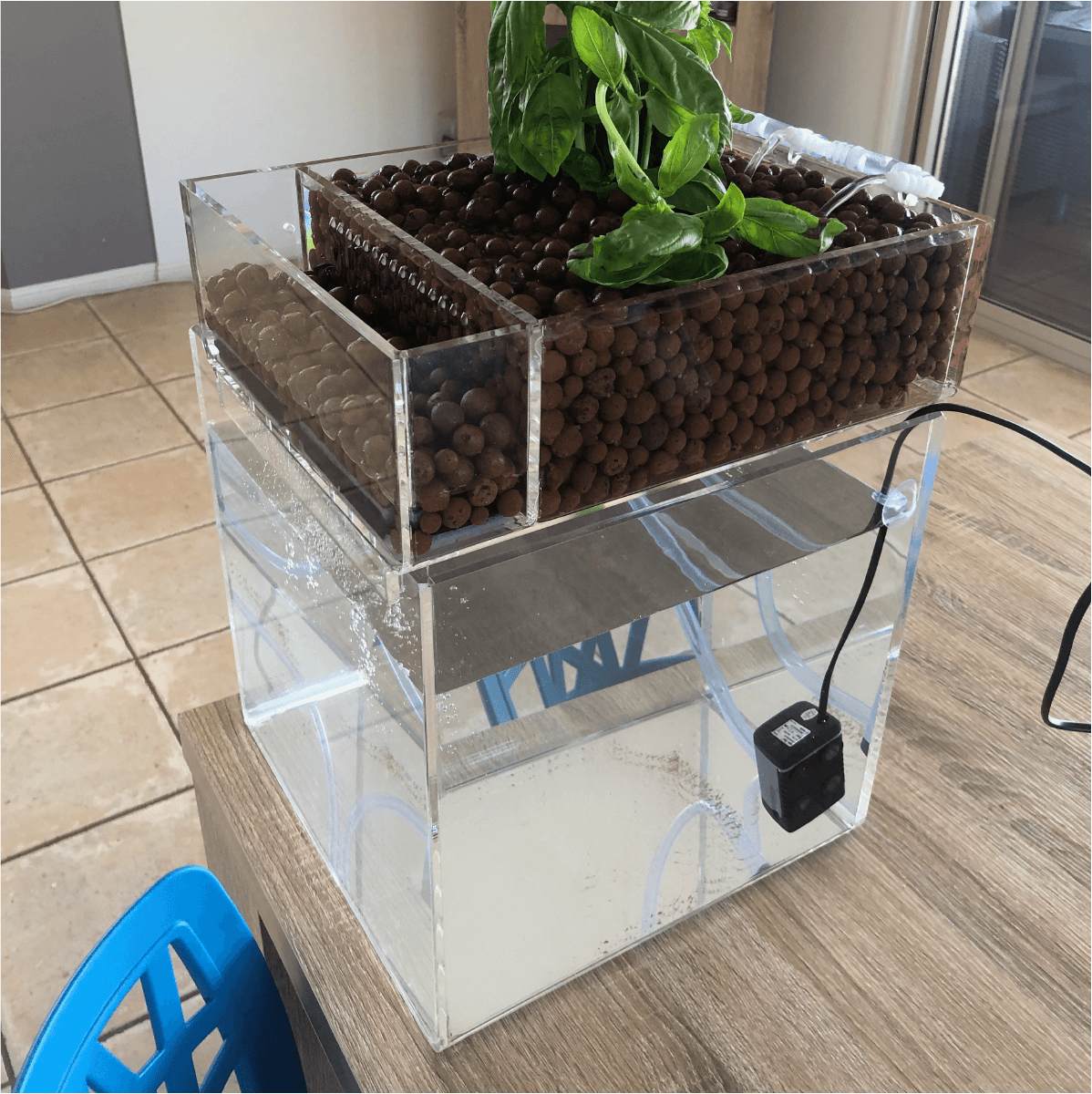There are numerous plastic fabrication approaches to pick from, and there are broad ranges regarding flexibility of form, setup expenses, costs for each component part, completion time, and the scale of manufacturing the method facilitates. Popular methods encompass CNC (computer numerical control) machining and vacuum formation, both of which serve alternative design and manufacturing needs. CNC, for example, provides a moderate level of freedom when it comes to the form, a completion period of under a day, a medium set-up price, steeply-priced individual components, and accommodates large scale development. Vacuum formation, on the other hand, provides a very restricted freedom of form, only really suitable for developing basic shapes, and can feature a finish time of up to a month. Furthermore, as there is a vast range of CNC machines, ranging from simple desktop technology, to far more highly developed pieces of equipment, the set-up costs vary from very low to very high, and the price per part and the finish time are highly variable, and reliant on the sophistication of the equipment.
CNC Machining
CNC machining is a computer governed subtractive approach, that removes material from plastic as a way to generate the desired form. The computer is high-tech, with the ability to convert a model into figures using a computer aided design computer software program. The figures are then competent to operate the equipment to cut the required shape. To set up, the pieces of equipment require an intermediate step in the development and validation of tool paths. When the machine receives the tool paths, the subtractive process is started. Once the assemblage is finished, the component is washed, smoothed, and trimmed.
For low quantity plastic component part applications that require tight tolerances and forms which are challenging to shape, machining meets your needs. CNC machining also offers minimal to medium initial expenses, and can produce premium quality plastic parts with short completion times. Even so, with an increase of product difficulty, the cost per element boosts. Moreover, the procedure needs tool access considerations, and specific shapes, for example those with rounded inner channels, are near-impossible to create using CNC manufacturing.
Introduction To Vacuum Formation
Vacuum formation is a process during which plastic material is heated up and moulded, usually using a mould. The size and sophistication of vacuum-forming machines vary from cheap desktop devices to superior production machinery. Should you be interested in additional information on the subject of bespoke acrylic bath panels this online site bespoke acrylic fabrication provides a whole lot more superbly written articles having to do with acrylic fabrications. You’ll find so many perspex suppliers Uk online pages in England, if you are looking to find out more or values this site is a good kick off point custom perspex forming. For everybody who is looking for more data relating to plastic moulding this specific website www.displaydevelopments.co.uk/bespoke-manufacturing features a whole lot more blog posts and articles relevant to plastic fabrication near me. This informative website thermoforming plastic suppliers has a lot more information on the main topic of wholesale plastic fabrications. You can find many rapid prototyping plastic enclosure sites within the Uk, should you be looking for additional information or price levels this great site is a great place to start.
It is often suited to any project, from custom-made designs to large-scale manufacturing, considering the large variety of machinery available and that automatisation is an option when necessary. Even so, there’s little flexibility in the different kinds of shape it can create, and is also unfortunately exclusively able to build pieces with simple geometries. When compared with various other techniques, tooling prices are low, simply because vacuum formation merely needs low forces and pressures. Generally, for modest manufacturing sizes the moulds are constructed with Three-dimensional printed resin, or even plaster, and for larger development sizes more robust equipment composed of metal is used.
The development process commences with a sheet of plastic material getting clamped and heated so that the plastic becomes mouldable. The plastic is then put into the mould and cooled, and often fans as well as other cooling techniques are utilised in order to speed up the cooling process. The last stage involves any surplus plastic being removed.

